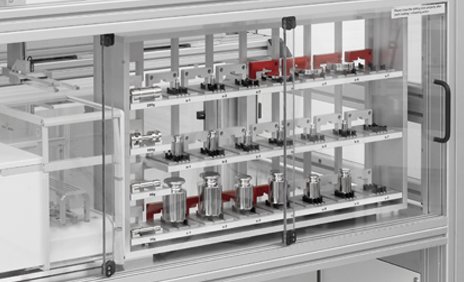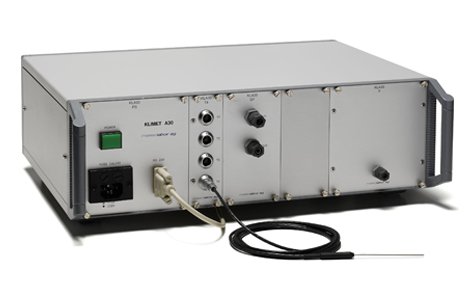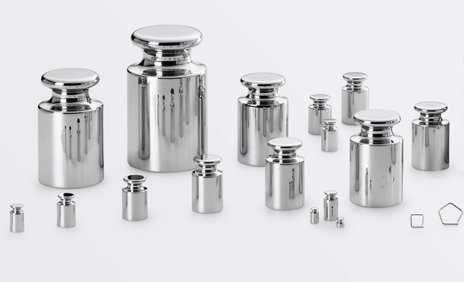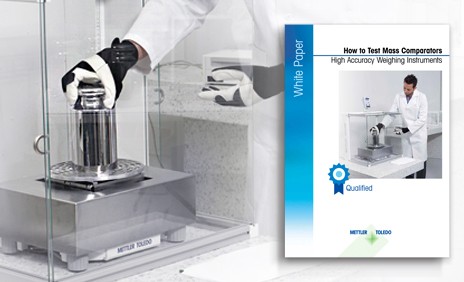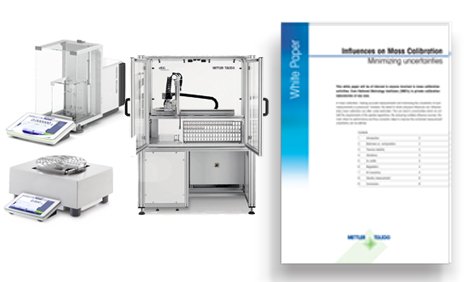
Automated Mass Comparators
Unrivalled Accuracy in Mass Comparison
An automated mass comparator can carry out weight calibration with full automation. Reference weights and test weights are held in a turntable and are placed onto the weighing pan by the weight handler. The automatic weight comparison process requires no human interaction, resulting in highly accurate weighing results. Automated mass comparators are perfect for high accuracy weight calibration due to the very low uncertainty.
Advantages of Automated Mass Comparators

High Accuracy with Low Uncertainty
The fully automated process avoids the need for interaction by the operator during the mass calibration process, providing a higher level of accuracy and lower uncertainty than manual mass comparison procedures.

Avoid Eccentricity Errors
Artefacts are placed automatically onto the LevelMatic® or hanging weighing pan. These unique weighing pans adjust to the artefact's center of gravity, thereby eliminating corner load effects and increasing the accuracy of your results.
Mass Calibration Software
Our dedicated Windows® based software is supplied as a standard with every automated mass comparator and enables you to control weighing jobs centrally, calculate air buoyancy, and save results to a database to ensure traceable results. Read more
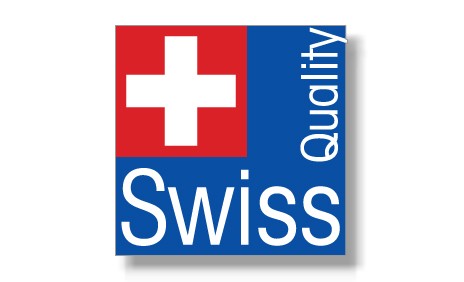
Quality You Can Rely On
All our manual mass comparators are made from high-quality materials to our exacting manufacturing standards and are extensively tested to ensure a long lifetime with minimal downtime.
FAQs
What is an automated mass comparator?
An automated mass comparator is a high performance comparator balance that is specially designed to carry out weight calibration in a fully automatic process. The reference weights and test weights are held in a turntable and, in accordance with a pre-programmed weighing scheme, the weight handler rotates to select the required weight and then deploys it onto the weighing pan. The weight is placed precisely onto the correct position on either the hanging weighing pan or the LevelMatic® weighing pan, depending on the magnitude of the weight. This precise placement avoids eccentricity errors. As the weight comparison process requires no human interaction, automated mass comparators deliver highly accurate weighing results with very low uncertainty. This makes them ideal for high accuracy weight calibration.
What is the advantage of a hanging weighing pan?
The unique hanging weighing pan for automated mass comparators centers the weight accurately according to its center of gravity, thereby eliminating eccentricity error.
Can the dissemination/subdivision method be carried out on an automatic mass comparator?
Yes! Calibration of a set of weights is usually carried out using either of two established methods. One method is to compare the weights one-to-one with reference weights. This requires a full set of reference weights with all the required weight denominations. The other method is to calibrate the test weights using one or just a small selection of reference weights and then use a combination of these weights and working upwards or downwards to calibrate the remaining weights. This process is known as dissemination or subdivision.
What are the benefits of an automatic mass comparator?
An automatic mass comparator has a range of benefits resulting from its ability to carry out fully automated mass calibration: higher accuracy, fewer errors and minimized uncertainty. The enclosed environment of an automated mass comparator also serves to protect valuable reference weights. The automated mass comparison process is also less time and labor-intensive than manual processes and is thus more efficient and cost-effective.

